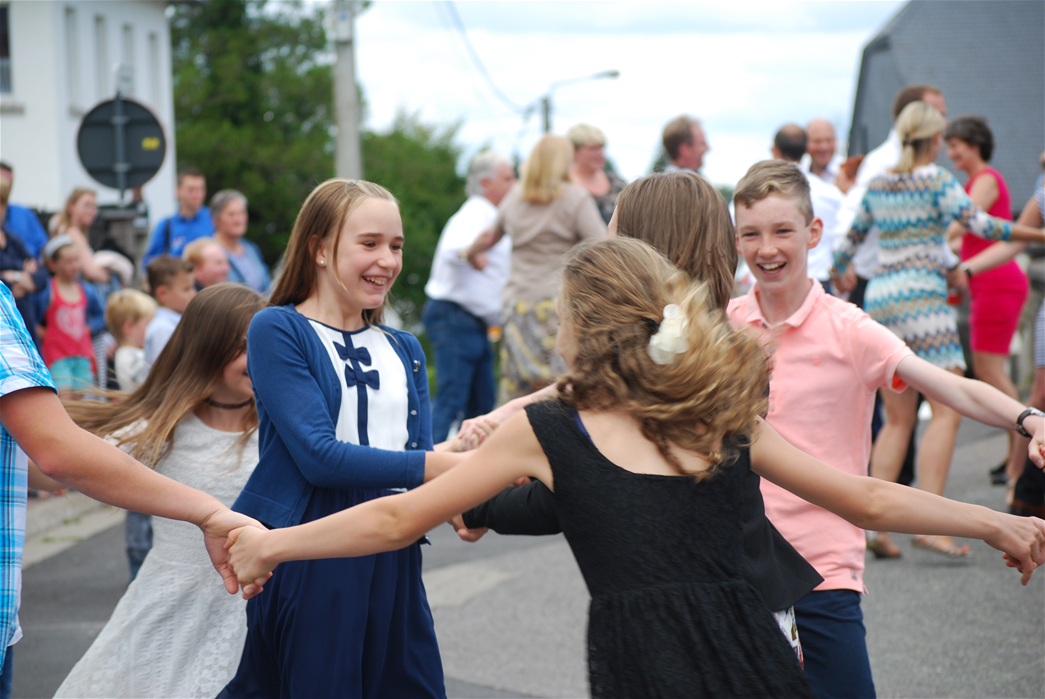How did this happen? Since the 1980s, folklorists have ceased to see customs as fixed actions that always happen in the same way, according to a particular pattern, at a particular time. Put simply, they say that people don’t feel like dancing the Lancer just because it’s ‘always’ been done. They believe that people only do it because this custom has a social function in a society, which can also change. Therefore, they say, customs change all the time.
To what extent can this hypothesis be tested using the example of the Lancer dance in the northern Eifel region of Belgium? First of all, it should be noted that the Lancer dance has not changed: the music is the same, as are the steps and the sequence of the dance. The Ronne, the Quadrille and the Lancer were probably introduced in the villages before 1900 and from then on danced as a prelude to the fairs. The sources do not mention any role models or first imitators. What is certain is that the dances can be traced back to a French contra dance that originated in Paris at the time of Napoleon. It is danced by eight people (four couples) facing each other in two and two squares. The dance is usually in six parts, with a gallop at the end.
It is also clear that the Lancer, as a dance, is not being adapted or changed by its practitioners. But it seems to fulfil a general need in the fast-moving times of the 21st century. On the one hand, it brings generations together to rehearse before the fair, requiring only short commitment to an activity that anyone can learn and perform with pride in front of an audience. On the other hand, this dance is meaningful for a (village) community, which can thus counteract the loss of meaning of the fair and create a new sense of community.
Yet, it may also be taking on a new meaning by satisfying a new need for dancing. Until the 1970s, couple dances were the norm at balls. From the 1970s onwards, dancing changed quite radically and during a long transitional period: women were asked to dance less and less, men and women simply danced as they pleased. Everyone danced with everyone else, without social barriers. There was no need to follow any rules.
The Lancer is different. It enforces elementary village rules in a new form. Only those who know the rules and abide by them can dance with the Lancer. If you don’t know the rules, you don’t belong. Perhaps this is also an expression of the fact that many villagers long for a village community with clearer rules…
Carlo Lejeune

